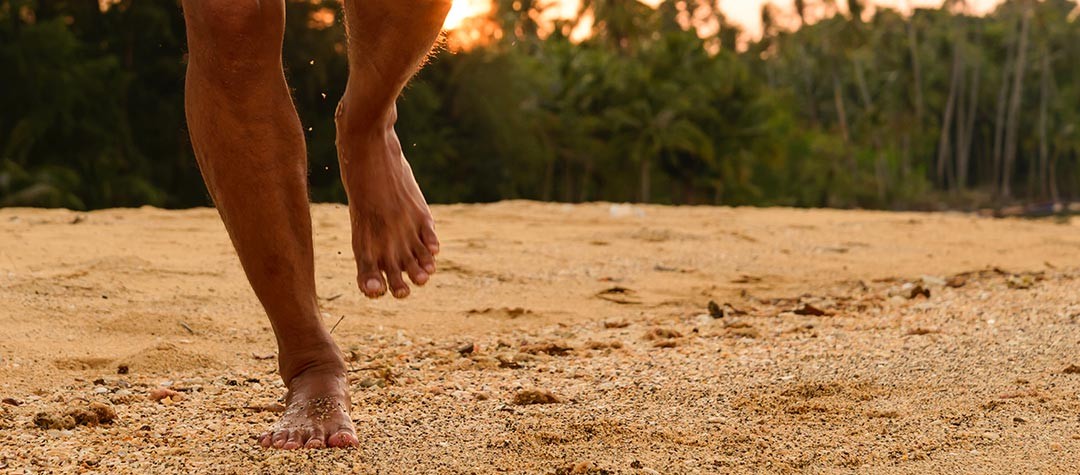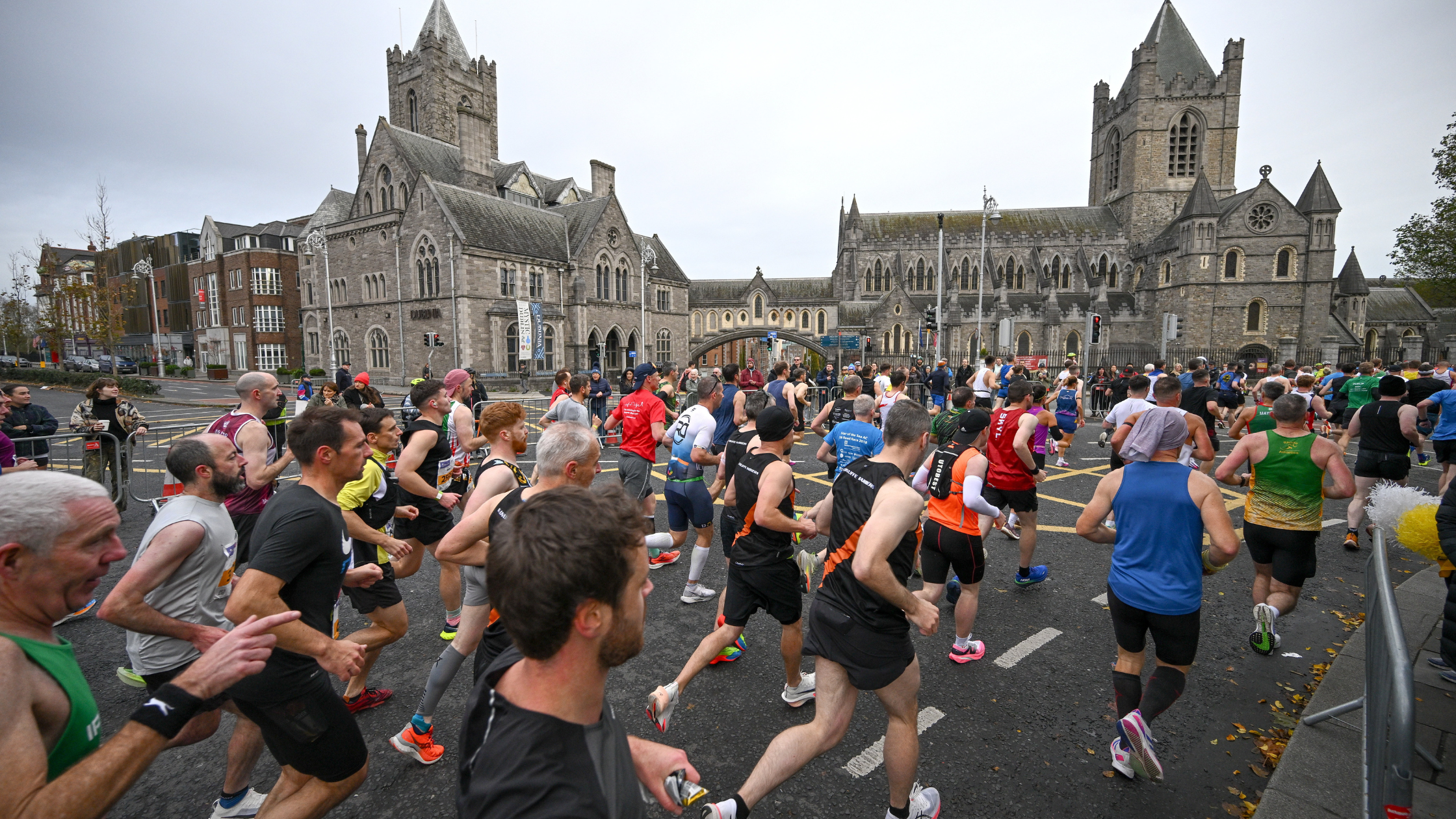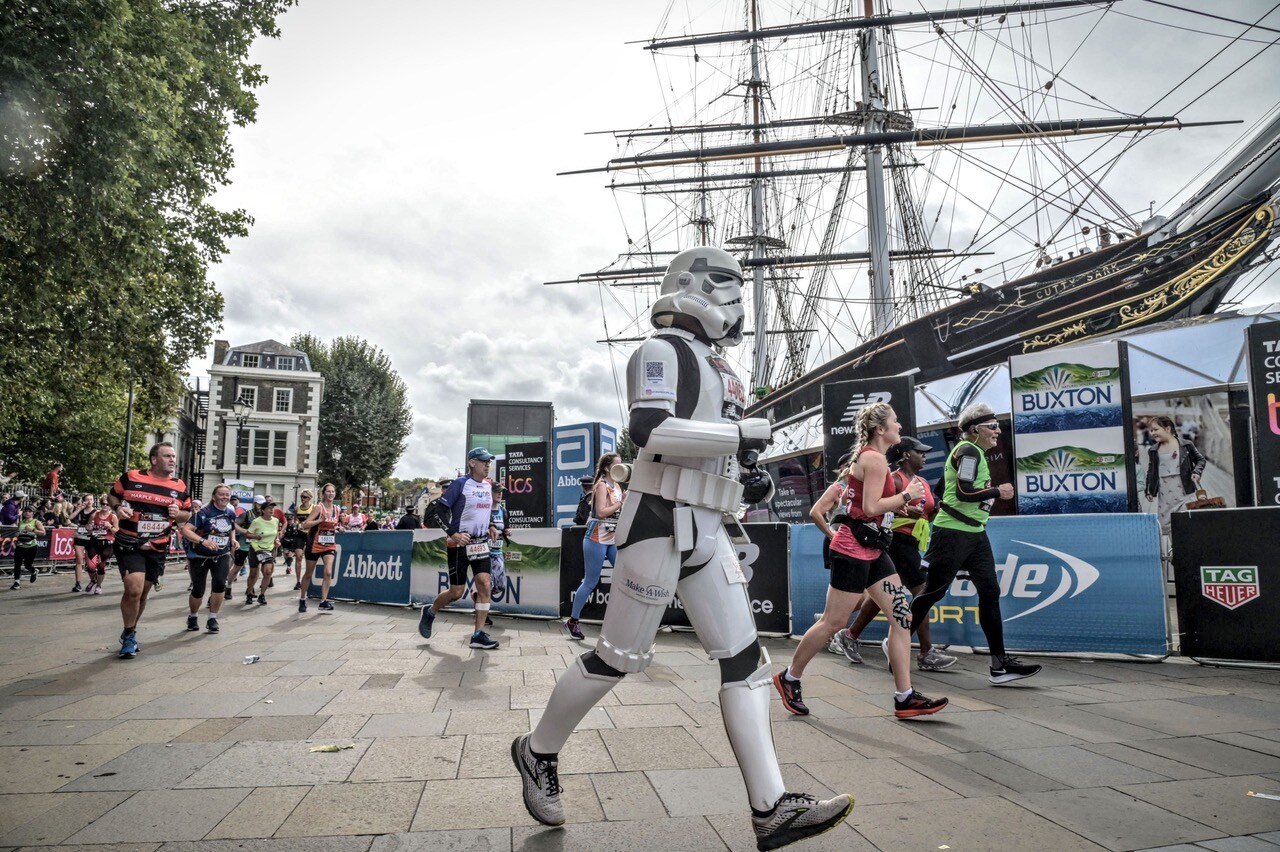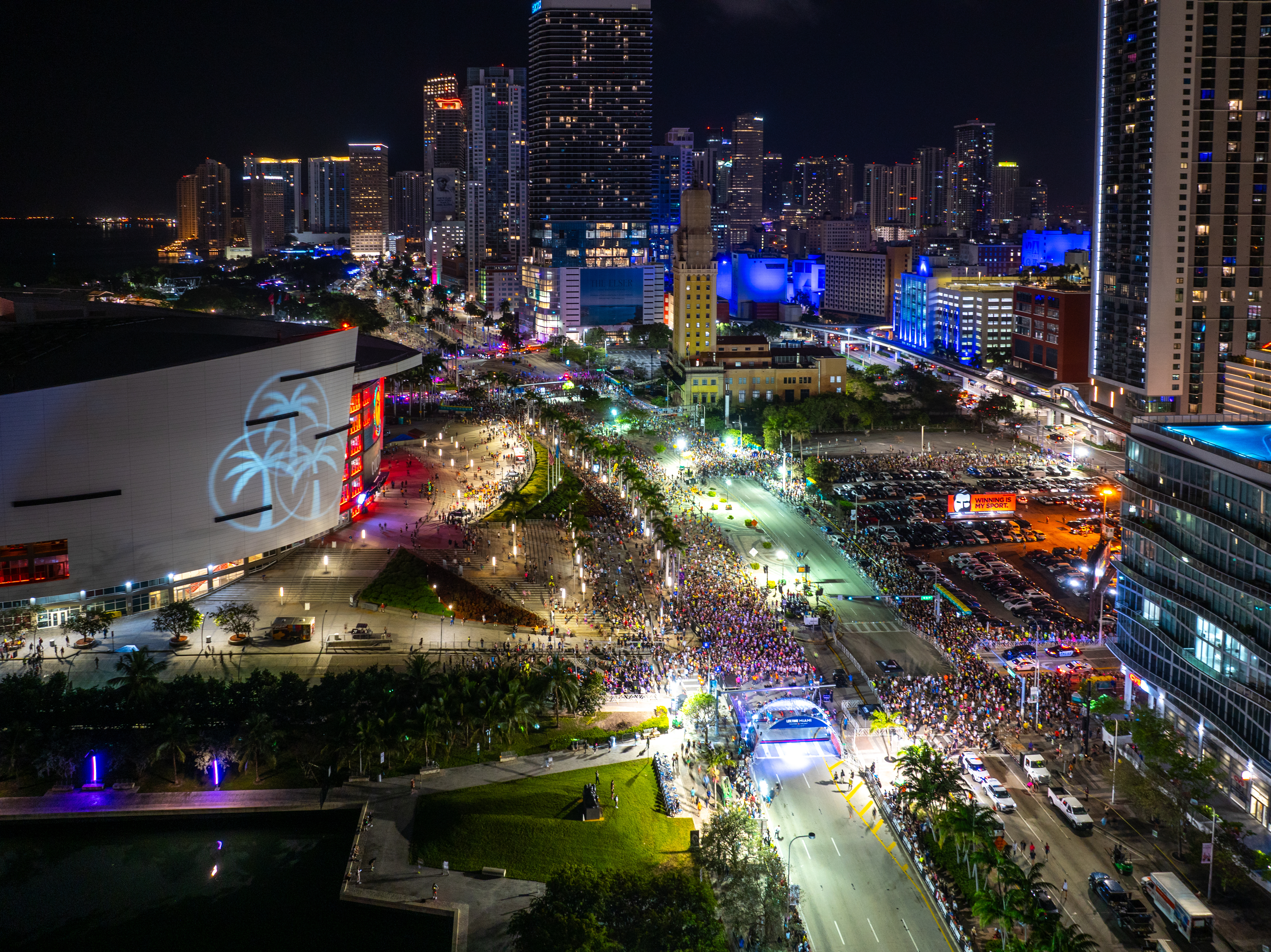The barefoot and minimalist running shoe movement has gained momentum over the last few years but whether it’s best to go shoed or shoeless still remains one of the most hotly contested topics in running circles. Let’s look at the pros and cons:
Pros
- One of the main arguments for barefoot and minimalist shoe running is that the support and cushioning that modern running shoes provide have caused our feet to become lazy. Running with little or no support can therefore help to strengthen the intrinsic muscles, tendons and ligaments of the foot.
- Running barefoot or in minimalist shoes generally encourages a mid-foot or forefoot landing rather than heel striking. A mid-foot strike is thought to be optimal for distance runners as it’s the most biomechanically efficient. Heel striking is the result of your feet landing in front of your hips and causes an unnecessary braking action on every stride so you’re not making the most of that forward momentum.
- Without or with very limited cushioning and support in a shoe the intrinsic muscles in the feet as well as those in the ankles and lower legs are activated. This results in better balance and proprioception – your body’s ability to sense movement and the position of your joints and limbs.
Cons
- When running, the impact that your body has to absorb with every stride is huge; up to eight times your bodyweight. Clearly the cushioning offered by running shoes helps to absorb some of this shock and therefore going barefoot or using a minimalist shoe requires the soft tissues and bones in the feet, ankles, legs, hips and even spine to absorb this impact. This can lead to overuse injuries such as Achilles tendonitis, shin splints and stress fractures.
- The stiff soles of running shoes help to protect and support the plantar fascia , which is the strong band of connective tissue that lines the bottom of the foot. By going barefoot or wearing a minimalist shoe, there is a risk that your plantar fascia will become over-worked or strained, leading to troublesome plantar fasciitis.
- If you’ve historically worn running shoes then the likelihood is that the skin on the soles of your feet is relatively soft. Running barefoot or in minimalist shoes will requires this skin to harden up so you can probably expect some blisters initially.
- As a result of the injury risks associated with running barefoot or in minimalist shoes it requires a gradual adaptation. If you make the switch and start doing all of your mileage with little or no cushioning or support, you’ll be asking for trouble. A successful switch could take weeks or even months, which not all runners have the patience for!
- It sounds obvious but running shoes will protect your feet from nasties on the pavement and trails such as sharp stones and glass. They also provide additional grip in wet and icy conditions .














